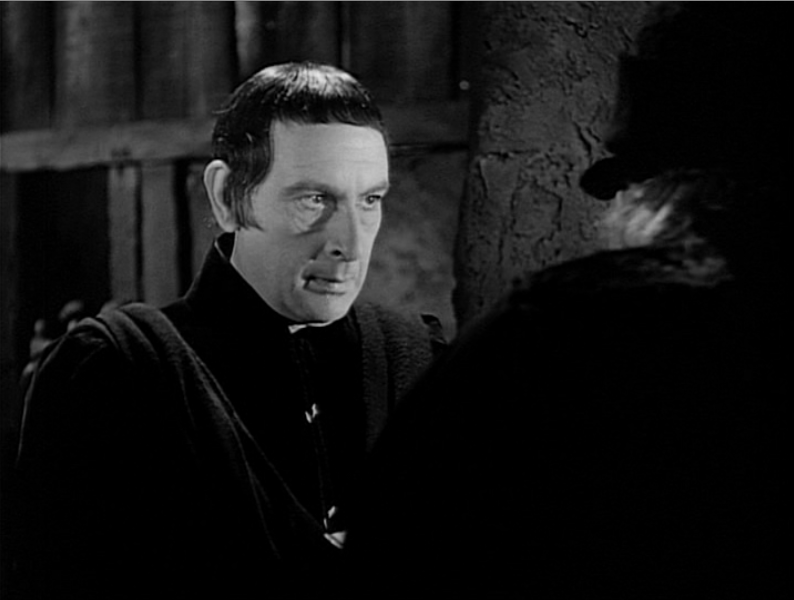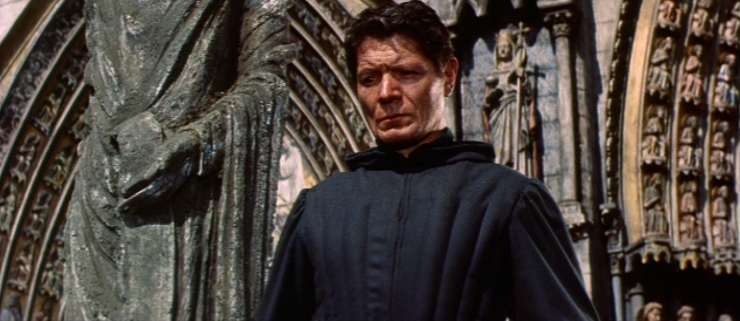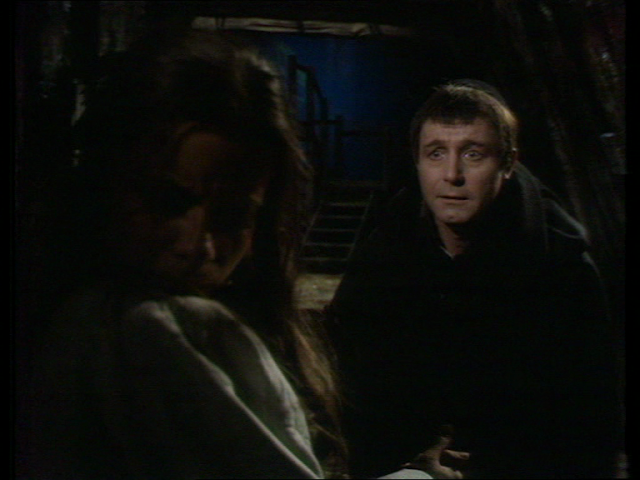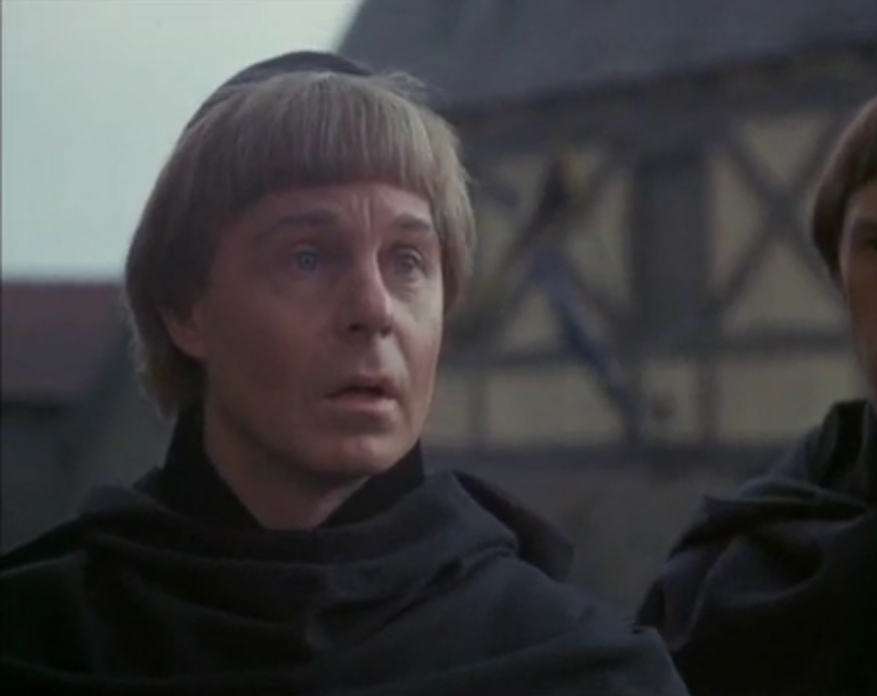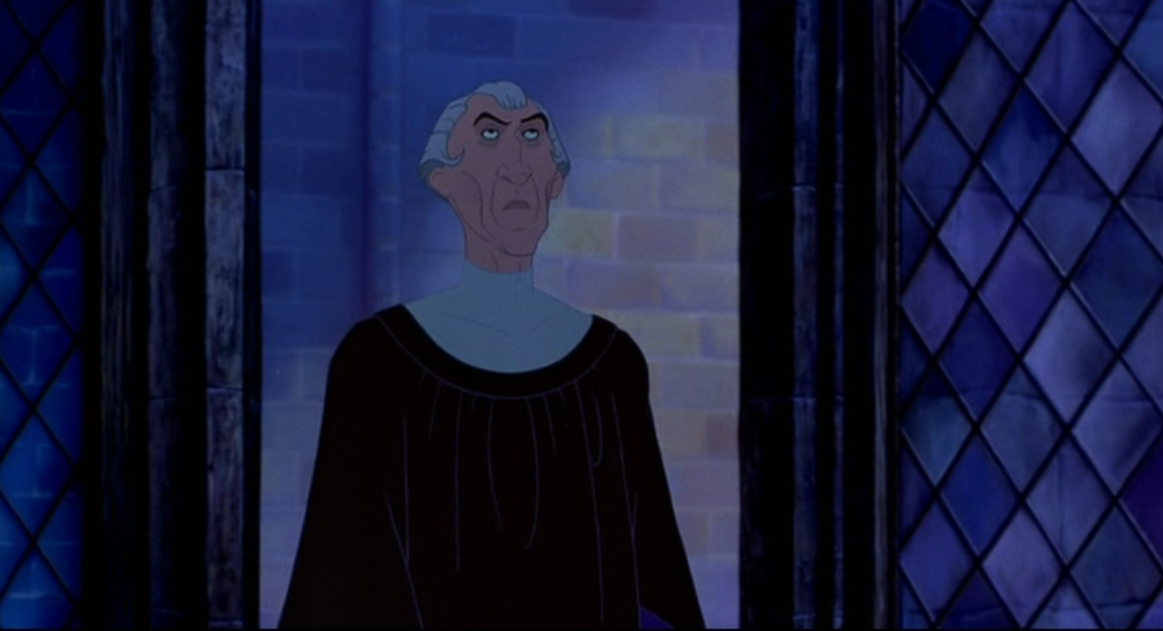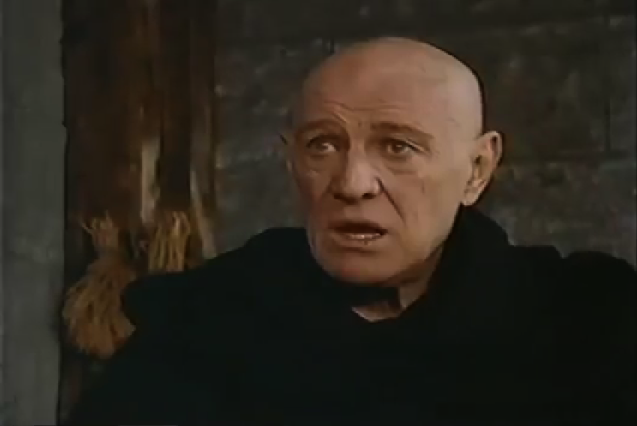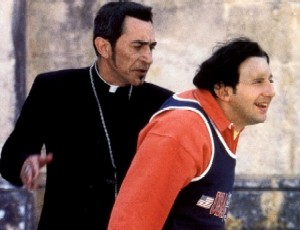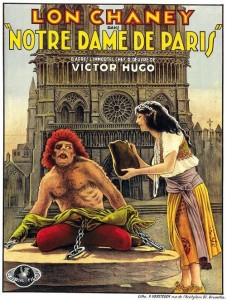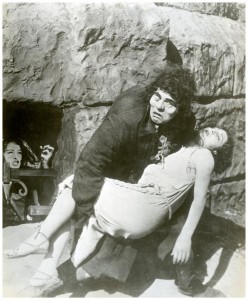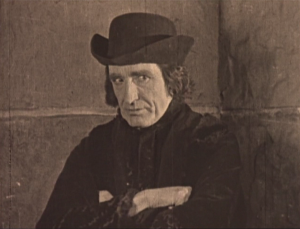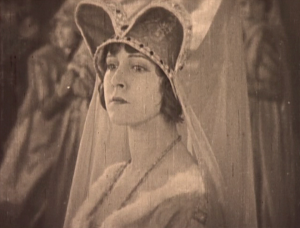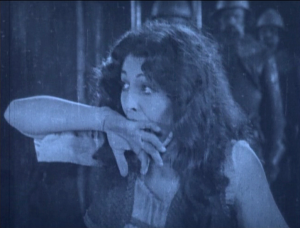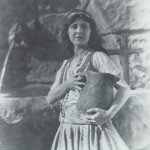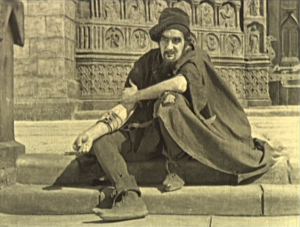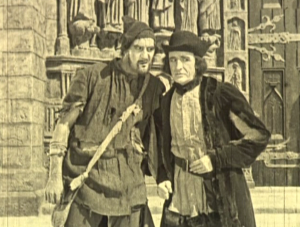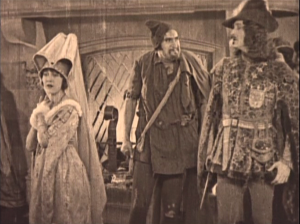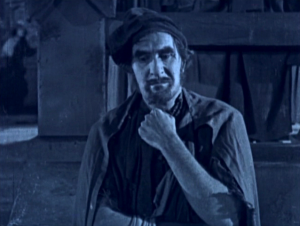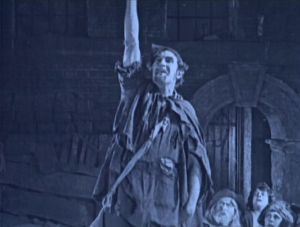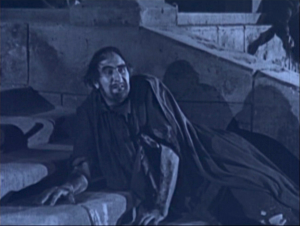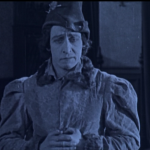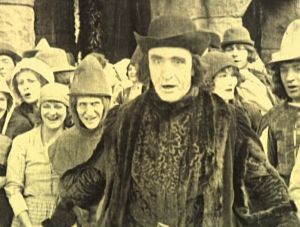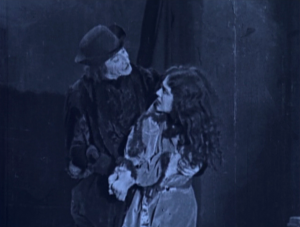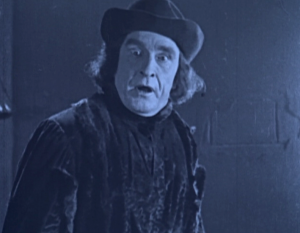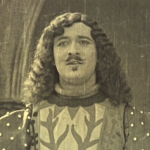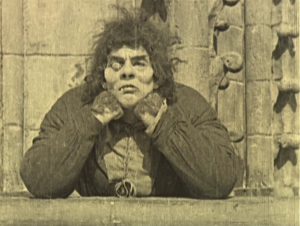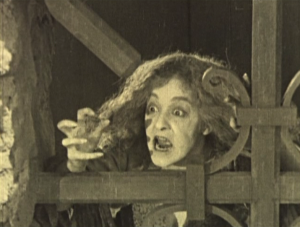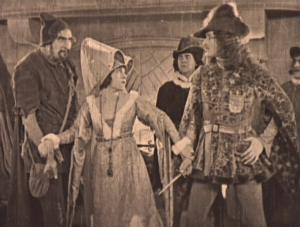I just finished watching the 1928 The Man Who Laughs. Maybe it’s that I have a low attention span for silent films based on books I don’t really like or maybe it was because I have been on a crazy Modern Family watching binge, either way this movie was work to finish.
I will admit I was a little interested in seeing this movie as Mary Philbin, who was in Phantom, Conrad Veidt who I just saw in another movie recently where he plays a Frolloesque character and Brandon Hurst who played Frollo in the 1923 version. Here Hurst plays the villain again, man he is type-cast as Hugoian villains. So I didn’t not want to watch it but then it started…
Like the book the plot just goes Zoom-By. I still didn’t really get a feeling for any of the characters, in fact we lost Homo’s sensitivity and Ursus’ grumpiness but we didn’t get long histories of the peerage system OR that snow storm as sea scene, so take you pick at which one was better.
Really, the only good thing about this movie is Veidt’s facial or rather eye emotions. The look of Gwynplaine it so otherworldly that is the only thing memorable about anything along with Veidt’s acting. The other people aren’t bad but there isn’t much to go on really.
The ending was a mixed bag too. The lovers live and that is fine, I actually think the ending didn’t make much sense in the book, Hugo just wanted a tragic ending so it was trite but before they can get to the happy ending there is a big dumb chase because silent movies love big dumb chases at the end, ask Phantom of the Opera. And if that wasn’t bad or dumb enough Homo kills Barky. It doesn’t really matter, Barky was a lame villain anyway but still he could have just drown which would have been at least a call back to the book. Also Homo was a dog not a wolf, that isn’t a complaint just a fact, was more likely easier on the production.
Now here are some weird things;
-The lady who played Josiana, Olga V. Baklanova, looked like Madonna, the singer…. good thing they didn’t remake this movie in Madonna’s heyday. Josiana also got a monkey,. Apparently Baklanova’s resemblance to Madonna has been noted by modern critic…… and people on IMBD but if you have eyes you can see it too, it not subtle.
-I don’t know what the heck they did to David’s character. I thought he was suppose to be sophisticated but he acted so derpy in this movie. Was he meant to be a flop?
-This movie is ALL over the place with its costumes and set pieces timeframe. Like it said 17th century (pretty sure), at the start but the costumes range from the 1700s to late Victorian to the 1920’s. They had no idea of what period this story takes place in. But you know that didn’t REALLY bother me but you know what did a little bit, the amusement park rides. This movie has a rides at the 17th century fair. This just looked so out of place.
-as of 2015 there hasn’t been an American remake of this movie and the 1928 movie it is the ONLY American version.
-This version is the basis for the Joker’s look, not a weird thing just awesome…
Basically with the this version of the book the best thing you can say is the make-up and the acting were decent but the rest of it felt moldy. I wish the characters were better developed but then we wouldn’t have gotten that chase scene…….. can’t win…….it’s either a snow storm or a chase.
Follow thehunchblog



